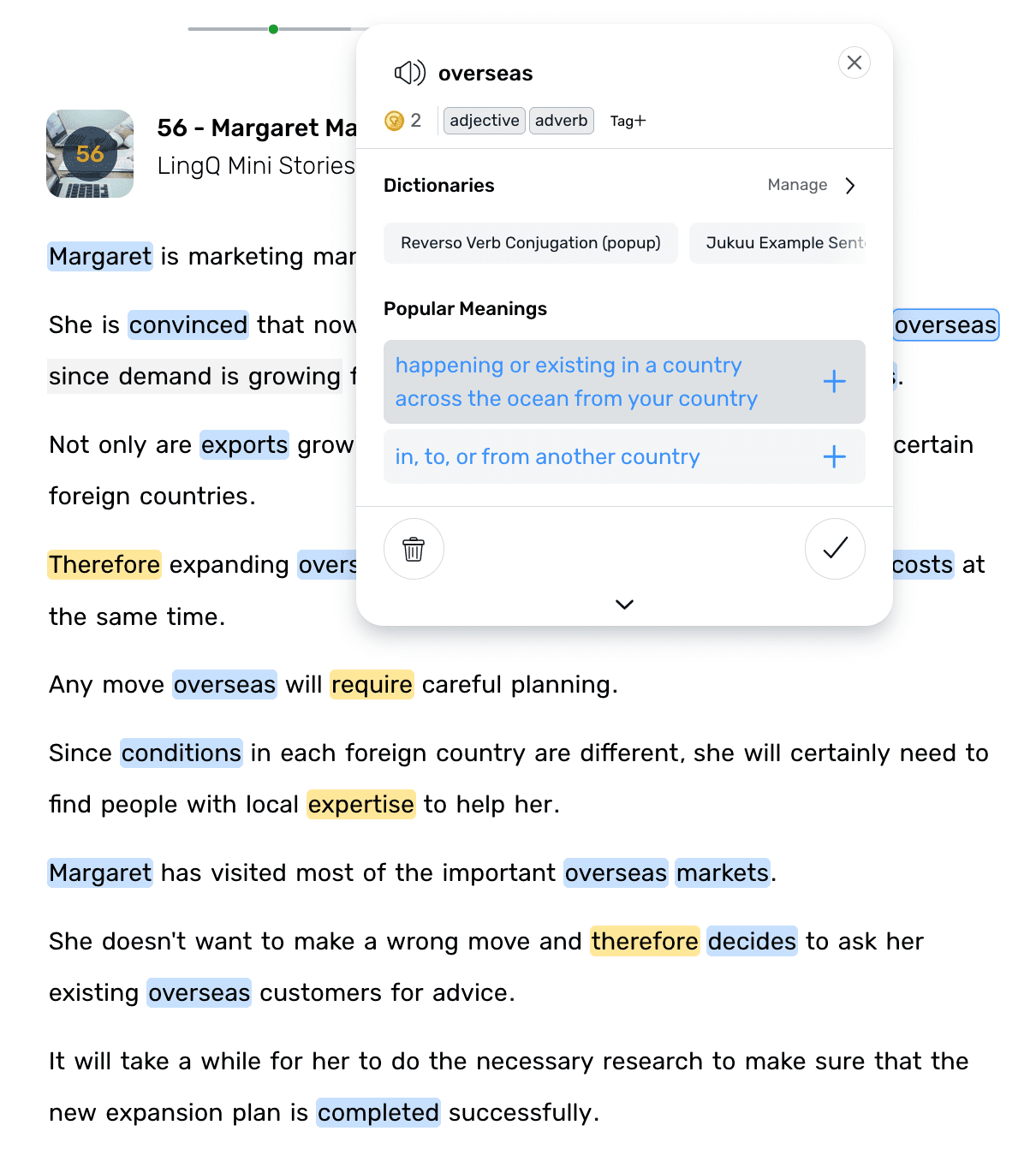Understanding and Using English Grammar
Nouns, pronouns, verbs, adverbs, so on and so forth… Learning the rules of English grammar is important but actually understanding and using them correctly is where the fun starts. It might even get a bit scary for a beginner. The best example:
“The dog I had had had had quite a few health difficulties before I took it to the vet.”
**Spoiler alert: This sentence is 100 percent correct, as per the rules of English grammar.
Yes, the road to understanding and using English grammar properly is a long one. However, we are willing to join you on that journey, starting with this post. Ready to go?

The Basic Components of English Grammar
Before digging deeper into the English grammar rules, it’s best we take a look at the main components of those rules. These components are called parts of speech. Here’s a list of the English parts of speech, along with some examples:
Nouns: car, dog, food, house, name, tennis, etc.
Pronouns: I, you, he, she, it, mine, your, their, etc.
Adjectives: beautiful, amazing, dull, small, etc.
Verbs: do, writes, kicking, driven, walked, etc.
Adverbs: quickly, slowly, almost, rarely, etc.
Prepositions: up, down, above, under, in, out, etc.
Conjunctions: and, but, or, for, with, etc.
Articles: a, an, and the.
These basic parts of speech act as building blocks of larger structures such as:
Sentences: With all that this amazing restaurant has to offer, I don’t ever want to leave.
Clauses: With all that this amazing restaurant has to offer, (dependent clause) I don’t ever want to leave (independent clause).
Phrases: This amazing restaurant.
As we can see, English parts of speech are part of a larger, unified system. This system is called grammar. In English grammar, there is a very specific set of rules to follow, some ar more complicated than others. Let’s take a look.
English Grammar and much more on LingQ
Whether you’re trying to understand English grammar, slang vocabulary, or cool English words, you’re going to need a good grasp of the English language. LingQ provides thousands of hours of English content for you to read in a range of categories. You can also import your favorite content from the web (blogs, YouTube, and so on) and turn those into interactive lessons on LingQ.
Also, LingQ is available on mobile. Take your lessons wherever you go and listen to your target language, read your transcripts, and create review flashcards. LingQ’s language learning apps are available for both Android and iOS.

Understanding Basic English Grammar Rules
Let’s get something clear: yes, there are hundreds of English grammar rules out there, no, we’re not going to cover all of them in this post. Instead, let’s focus on the rules that impact your everyday English – you know, the rules you’ll actually end up using!
Now, here are some interesting English grammar rules you should always keep in mind:
Use Active Voice (Whenever You Can)
If there is one foundational rule in English when it comes to sentence structure, it’s S+V+O. In other words, the subject of a sentence is always followed by a verb. If there is an object that receives the action, it comes after the verb.
Jasmin writes an article daily.
Karen has walked the dog.
We will visit her later.
Now, if you were to change these sentences up in any way, the only logical result you’d get down the line would involve the passive voice.
An article is written daily by Jasmin.
The dog has been walked by Karen.
She will be visited by us later.
The thing is, not only do passive voice sentences sound unnatural in some cases, they’re also not necessary in most cases! Just think about it – it’s perfectly natural to say all these things in the S+V+O order. It’s how our brains receive information, how we are trained to talk, and why the active voice is a natural part of everyday English everywhere.
In other words, try to avoid using the passive voice unless you absolutely have to or it is required. This rule applies to spoken and written English.
Use Commas and Colons Where Needed
This is one of those rules that only applies to written English. Whenever you have a list of three things or more inside a sentence, two things should happen:
1) Add a colon symbol (:) before the list.
2) Add a comma in-between each item on the list to separate them. Example:
These are all the things I bought: cheese, milk, chips, eggs, flour, and biscuits.
P.S. While the Oxford comma – a.k.a. the last comma that should exist in a series of items – is debatable (for some folks) we strongly advise you to use it.
It’s Okay to Start a Sentence with And or But
This is one of those rules that gets the crowd going. But trust us, we’ve done it in this post too, and it sounds perfectly fine! And we’re doing it again!
As to why, using ‘and’ or ‘but’ is usually more effective than conjunctive adverbs such as ‘additionally’ or ‘however’, especially in everyday spoken and written English.
Good and Well Are Not the Same Words
Yes, you read that correctly. Though these two are some of the most commonly mixed-up words in English, their difference is very easy to explain. ‘Good’ is an adjective while ‘well’ is an adverb. Let’s take a look at their differences through some examples:
Congrats, Kenny! You did so well on the test. (correct)
Congrats, Kenny! You did so good on the test. (incorrect)
Kenny did a good job on his test. (correct)
Kenny did a well job on his test. (incorrect)
The only notable exception to this rule would be ‘I’m doing good’ vs. ‘I’m doing well’, as these two expressions have been mixed up for so long that it’s become completely normal for journalists, authors, and English speakers everywhere to use them interchangeably.
The rule here is: know your parts of speech. This also brings us to a slightly more important rule in English…
Know Your Tenses (And All That Follows)
While it’s true that this topic requires separate articles for each tense (which we do have), it’s important to note that verb tenses are only one part of English grammar as a whole. The road to understanding and using English grammar correctly involves much more than verbs.
It’s rules like the ones in this article that truly define the outcomes of your everyday conversations, both written and verbal. They impact your journey to native-like English fluency.
To get there in record time, our advice is: keep learning and keep practicing.
***
Jasmin Alić is an award-winning EFL/ESL teacher and writing aficionado from Bosnia and Herzegovina with years of experience in multicultural learning environments.



